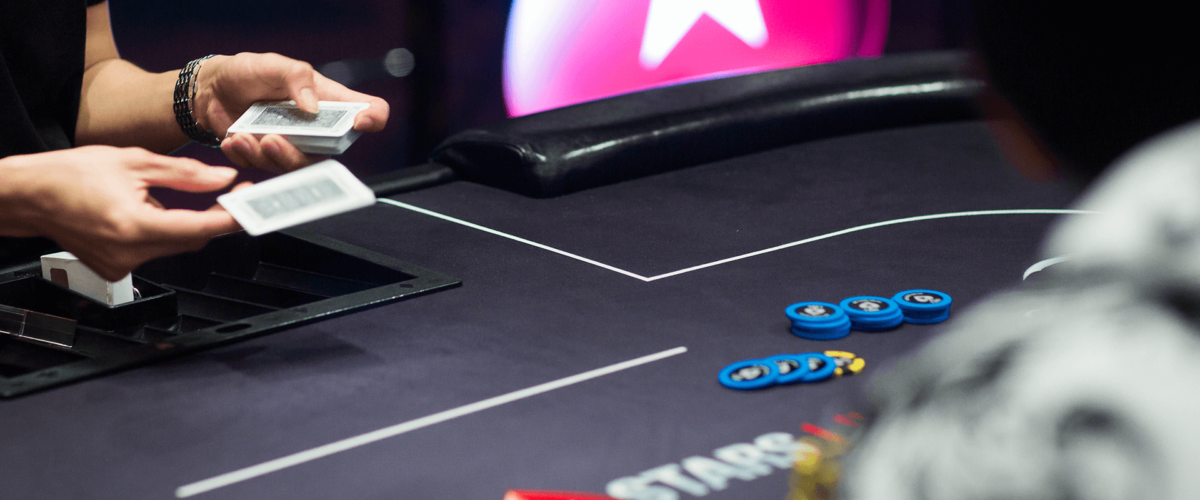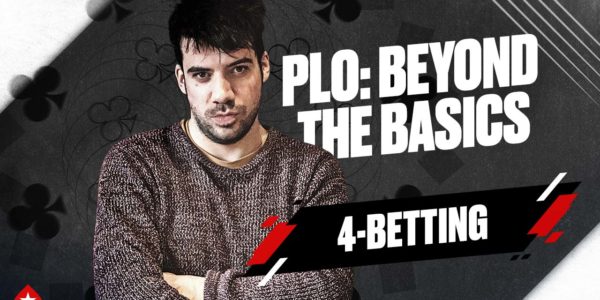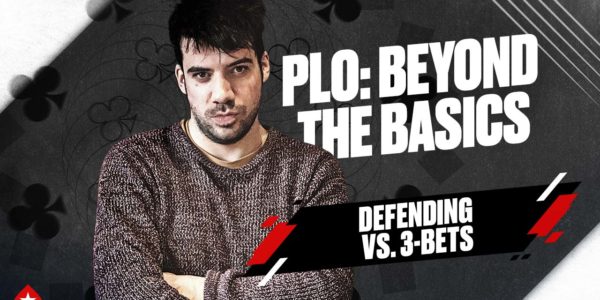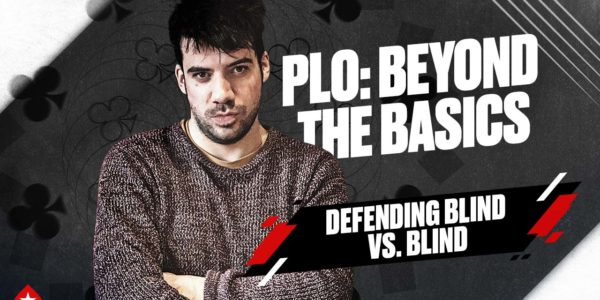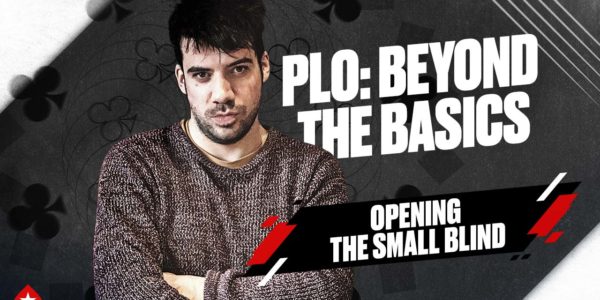Overrated Starting Hands in Pot Limit Omaha
One of the biggest areas of confusion when a Hold’em player tries their hand at PLO (Pot Limit Omaha) is starting hand selection. Hands that have a strong visual appeal due to the conditioning of years of Holdem can often be dangerous, if not trashy in PLO. Let’s take note of a few hand groups that should be avoided in most spots, until you have gained some experience at Omaha.
Bare Medium-High Pairs
A bare medium-high pair is something like J♠ J♦ 5♦ . Such a hand is problematic in PLO because when it does not flop a set of Jacks, it flops nothing at all. Unlike in Holdem, an overpair of Jacks is going to be a weak Omaha hand and will be very often destroyed on a low flop, on which it is possible to make many two-pair and straight combinations. Secondly, a set of Jacks, while still a strong Omaha hand on many board textures, is going to run into a flush or straight much more often than the Holdem player is used to. Finally, since Omaha is a game of many possibilities where it is easier to make the nuts, starting hands that offer many ways of becoming nutted are strongly favoured. The naked medium-high pair offers only one nutted option and this option is only viable on a dry board where it can be hard to extract value. What exactly are your opponents supposed to stack off with on a flop like J♥ 7♦ 2♠ ?
Open a bare medium to high pair on the BU or complete it from the SB but avoid this hand from other positions. This is an especially and hand to play heads up in a 3-Bet pot. If there is a place where this hand thrives its limping into a multiway pot to try to flop a cheap set.
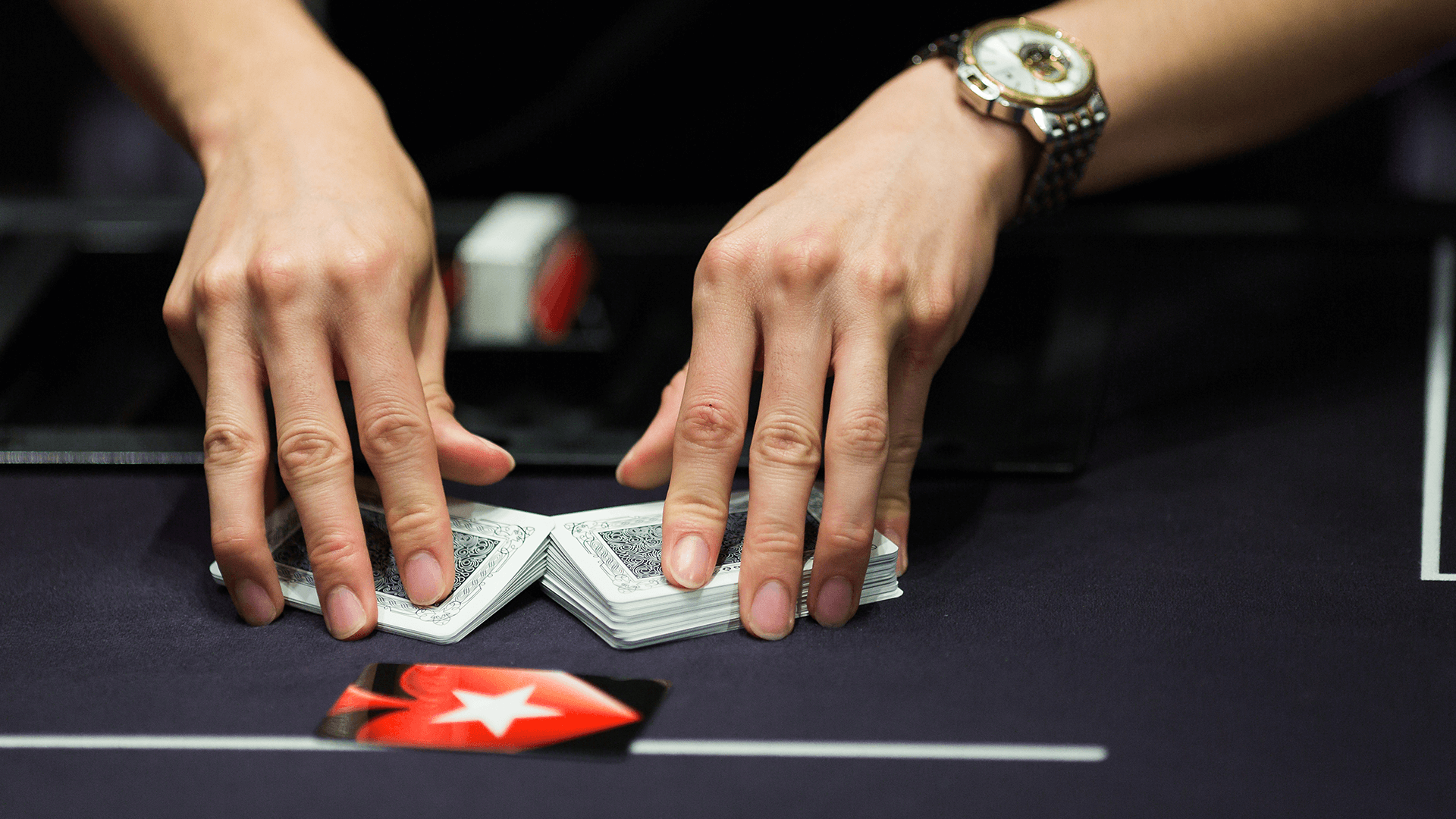

Double Suited Trash
For the fledgling Omaha players, it might seem enticing to have two chances at a flush but a hand such as Q♣ 10♠ 4♣ 2♠ is much prettier than it is effective. On the turn, you could have 18 outs to hit one of your two flush draws! There’s a catch though, and its twofold. First off, when you do make a flush you have a very real chance of running into a higher flush and on a paired board it will become very difficult to get any action from worse hands and easy to get slaughtered by full-houses. Secondly, flushes do not come around very often, even when there are two suits to pick from. When your flushes do not materialise, you will be stuck with a hand that makes bad top pair, bad two pair, and very little else. Play a hand like this from the BU onwards or on the CO if the table is harmless. Avoid such a hand in multiway pots as flopping dominated flushes is a recipe for disaster with more players in the pot. This hand is only playable when there is both pre-flop fold equity and a high likelihood of going heads up in position.
Ace-King Nothing
It’s hard for the seasoned Holdem player to look at the best unpaired hand in a negative light, but when AK is part of an otherwise disconnected Omaha hand, it adds very little to the playability. Take A♥ K♦ 9♠ 2♠ , for example. This hand is also playable on the BU but only barely. The reason is simple – top-pair top kicker, which is often akin to the nuts in Holdem is a flimsy Omaha bluff catcher, worth maybe one and a half streets of value at most. For one pair to be a reasonable Omaha hand, the board must be freakishly dry. It’s plain and simple: Omaha hands that have no chance of making straights or good flushes and do not have an already established large pair are junk. How do you expect to hold your own against hands that have multiple ways of binking the nuts on many different run-outs?
Three Broadway Cards
Holdings like A♥ Q♥ J♦ 4♣ and K♦ J♠ 10♠ 6♥ . These hands are utter trash from early position in Omaha. While their redeeming feature is flopping the best two-pair (unfortunately you can’t make three pair), the problem is that two-pair is just not that good an Omaha hand. The first hand has just 51% equity against lower double suited connected hands. This means that even against low cards we are not a favourite, and when we hit something, these drawing hands are incredibly likely to fold their nothing or to have out-flopped us. In other words, there is a great deal of reverse implied odds to these holdings. Another problem will such hands is that they are horribly dominated by 3-Bet ranges and are some of the few Omaha holdings that are advisable to fold to a 3-Bet pre-flop. For these reasons, three broadways should only be played from the CO onwards, and if opening from the CO it pays to have a good suit working in your favour.
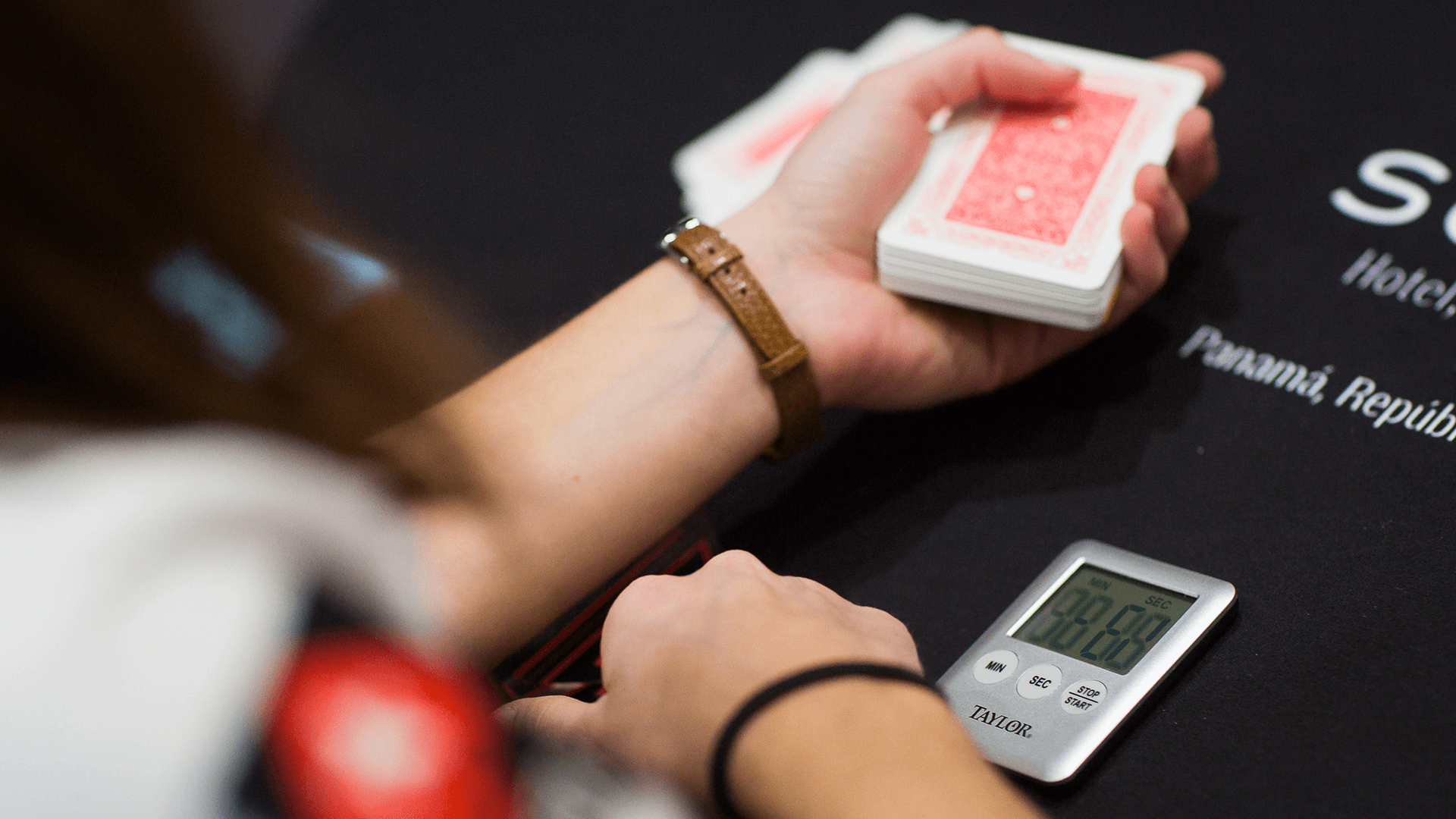

Doubled Paired Hands
8♦ 8♣ 6♥ 6♠ is a dreadful starting hand in Omaha; only playable as a very late position steal. In Holdem, these hands play well as set mines because in Holdem, a set is practically the nuts. In Omaha, limping along in a four-way pot, or calling an open with a few players still to act can risk the precarious situation of flopping a set and losing to a bigger one. In a counter-intuitive way for the Holdem player, these starting hands have reverse implied odds, meaning that they are likely to lose big pots and win small ones. A stronger Omaha hand is something like J♦ J♥ 10♠ 10♦ , which has added connectivity, a suit, and a better chance of being on the winning side when more than one player makes a set. This hand can be played in all positions.
Conclusion
The overarching theme of this article has been to avoid starting hands with limited flexibility and a chance of being easily dominated even when they get a favourable flop. Play starting hands that offer versatility and allow you to keep your options open. Favour nutted suits, connectivity and very big pocket pairs. The Holdem player will have to ignore his intuitions for a while when they first switch over to Omaha as these instincts have been formed in a two-card world where one pair can be close to the nuts.


